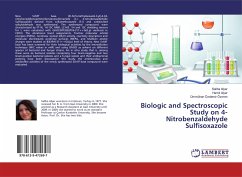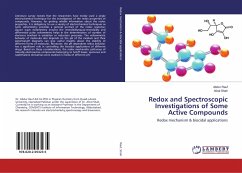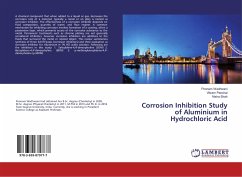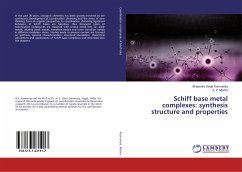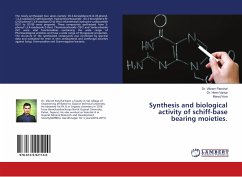New Schiff base (Z)-N-(5-methylisoxazol-3-yl)-4-((4-nitrobenzylidene)amino)benzenesulfonamide (L= 4-nitrobenzaldehyde Sulfisoxazole) derived from sulfamethoxazole (S1) and substituted salicylaldehyde was synthesized. The synthesized compound were characterized by FT-IR, 1H-13C NMR, LC-MS. 1H and 13C shielding tensors for L were calculated with GIAO/DFT/B3LYP/6-311++G(d,p) methods in CDCl3. The vibrational band assignments, frontier molecular orbital energies (FMOs), nonlinear optical (NLO) activity, reactivity descriptors and molecular electrostatic potential surfaces (MEPs), and Mulliken atomic charges were studied at B3LYP/6-311++G(d,p) level of theory. New Schiff base has been screened for their biological activities by the microdilution technique (MIC values in mM) and using DMSO as solvent on different species of bacterial and fungal strains. An in vitro study that is, among these were six bacterial isolates comprising four Gram-negative and two Gram-positive bacterial isolates and a fungal isolate and their antibacterial potency have been discussed.In this study, the antimicrobial and antibiofilm activities of the newly synthesized Schiff base compound were evaluated.
Bitte wählen Sie Ihr Anliegen aus.
Rechnungen
Retourenschein anfordern
Bestellstatus
Storno

